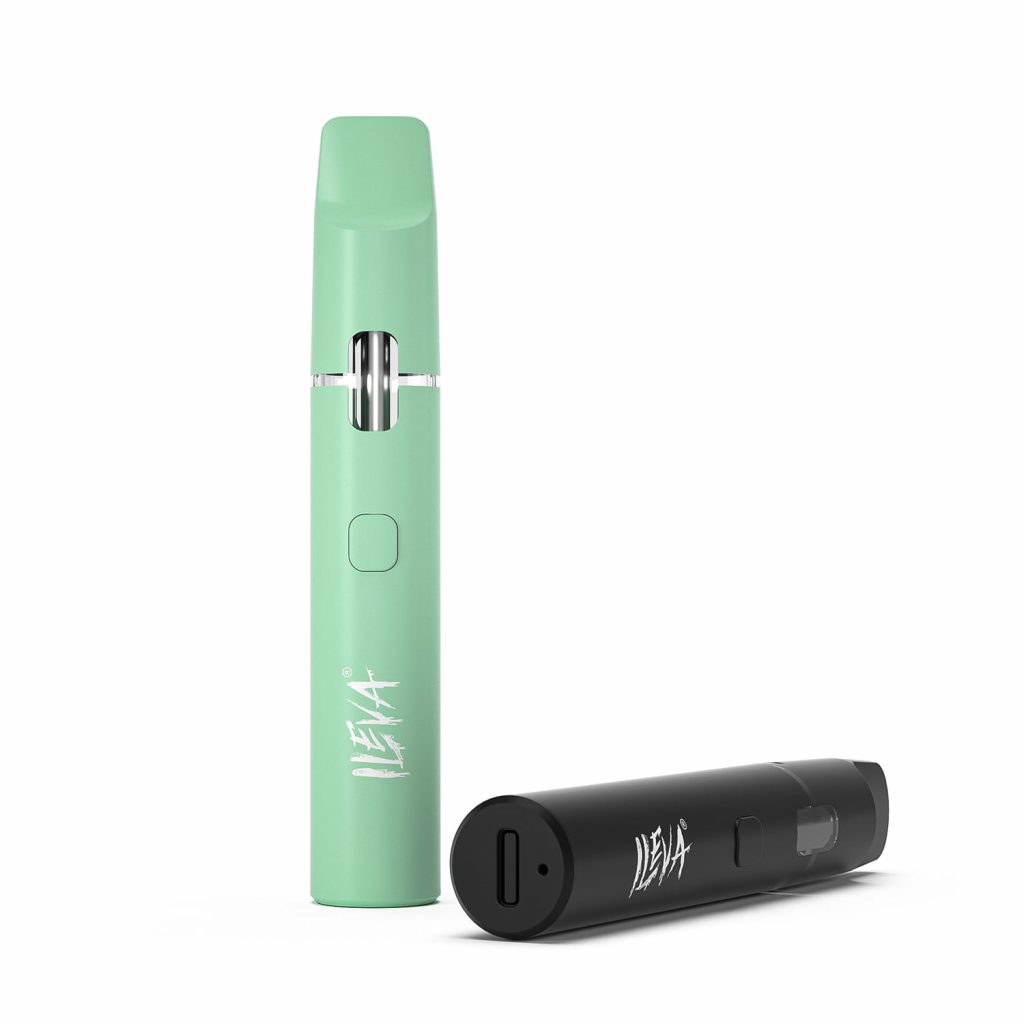In recent years, the debate between vaping and smoking has intensified, especially with the rise in popularity of e-cigarettes and other vaping devices. Many consumers, including those purchasing wholesale empty vapes, are curious about the health implications of these choices. This article will explore the differences between vaping and smoking, weighing the pros and cons to determine which is better for your health.
Understanding Vaping and Smoking
Vaping involves inhaling vapor produced by an electronic device, such as an e-cigarette. The device heats a liquid (usually containing nicotine, flavorings, and other chemicals) to create vapor. On the other hand, smoking involves burning tobacco, which releases smoke containing nicotine, tar, and thousands of other chemicals, many of which are toxic and carcinogenic.

Chemical Composition
One of the main differences between vaping and smoking lies in the chemical composition of what is inhaled. Cigarette smoke contains over 7,000 chemicals, including at least 70 known carcinogens. These chemicals contribute to numerous health problems, including cancer, heart disease, and respiratory issues.
Vaping liquids, or e-liquids, contain fewer chemicals than tobacco smoke. However, they are not free of harmful substances. Common components include nicotine, propylene glycol, glycerin, and flavorings. Some studies have found toxic substances in e-liquids, although typically in lower concentrations than in cigarette smoke.
Health Effects of Smoking
The health risks associated with smoking are well-documented. Smoking is a leading cause of various cancers, including lung, throat, and mouth cancer. It also significantly increases the risk of cardiovascular diseases such as heart attack, stroke, and hypertension. Chronic obstructive pulmonary disease (COPD) and other respiratory conditions are also prevalent among smokers.
Health Effects of Vaping
The long-term health effects of vaping are not yet fully understood, as the practice is relatively new. However, initial research suggests that vaping is less harmful than smoking but not entirely safe. Vaping can cause lung irritation and has been linked to conditions such as “popcorn lung” (bronchiolitis obliterans) and lipoid pneumonia. Nicotine addiction remains a significant concern, as nicotine in any form can have adverse effects on the developing brain and cardiovascular system.
Addiction and Dependency
Both smoking and vaping can lead to nicotine addiction. Nicotine is highly addictive, and dependence can develop quickly. While vaping is often marketed as a tool to help smokers quit, it can also perpetuate nicotine addiction. It is essential to recognize that using wholesale empty vapes or any vaping device with nicotine can maintain or even initiate dependency, particularly among young users.
Secondhand Exposure
Secondhand smoke from cigarettes poses serious health risks to non-smokers, including increased risks of lung cancer, heart disease, and respiratory infections. Secondhand vapor from e-cigarettes is generally considered less harmful but still contains nicotine and other potentially harmful substances. The extent of the risk from secondhand vapor is still being studied, but it is thought to be significantly lower than that of secondhand smoke.
Regulatory Landscape
Regulations for smoking and vaping vary widely around the world. Many countries have strict laws governing where smoking is permitted, advertising, and packaging requirements. Vaping regulations are evolving and tend to be less stringent but are becoming more comprehensive as research into the health effects of vaping continues. Understanding local laws and regulations is crucial for consumers, particularly those involved in the wholesale distribution of vaping products.

Conclusion
While vaping appears to be less harmful than smoking, it is not without risks. The best choice for your health is to avoid both practices entirely. For smokers looking to quit, vaping may be a less harmful alternative, but it should be approached with caution, and the ultimate goal should be to eliminate nicotine use altogether. As more research emerges, our understanding of the long-term effects of vaping will continue to evolve, providing clearer guidance for consumers.

